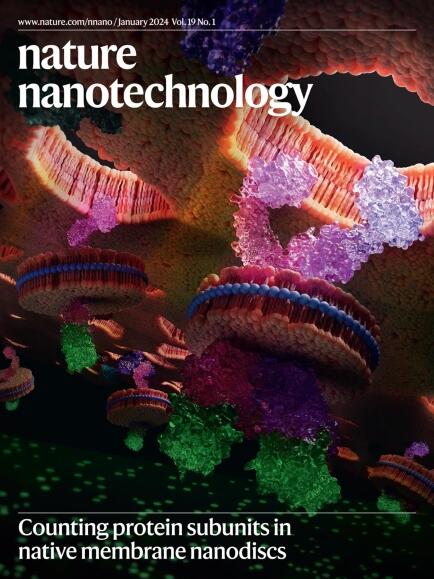Meso-macroporous hydrogel for direct litre-scale isolation of extracellular vesicles.
IF 34.9
1区 材料科学
Q1 MATERIALS SCIENCE, MULTIDISCIPLINARY
引用次数: 0
Abstract
Extracellular vesicles are cell-originated lipid bilayer membrane vesicles that play vital roles in cell-to-cell communications. While extracellular vesicles hold substantial biomedical potential, conventional methodologies for isolating extracellular vesicles require elaborate preprocessing and, therefore, remain labour intensive and limited by throughput. To overcome these challenges, we present a facile fabrication route for generating a meso-macroporous hydrogel matrix with pores of ~400 nm for customizable extracellular vesicle isolation. By combining surface charge-selective capture of extracellular vesicles within the hydrogel matrix and their recovery by high ionic strength, we report direct extracellular vesicle isolation with a throughput range from microlitre to litre scales, without preprocessing, for various biofluids, including whole blood, plasma, ascites, saliva, urine, bovine milk and cell culture media. Furthermore, we demonstrate that the meso-macroporous hydrogel also serves as a solid-phase matrix for preserving extracellular vesicles for on-demand downstream analyses, making it applicable for therapeutics, cosmeceuticals and disease diagnostics.用于直接升级分离细胞外囊泡的中-大孔水凝胶。
细胞外囊泡是细胞源性脂质双层膜囊泡,在细胞间通讯中起重要作用。虽然细胞外囊泡具有巨大的生物医学潜力,但分离细胞外囊泡的传统方法需要精细的预处理,因此仍然是劳动密集型的,并且受到吞吐量的限制。为了克服这些挑战,我们提出了一种简单的制造路线,用于生成具有~400 nm孔的中-大孔水凝胶基质,用于定制细胞外囊泡分离。通过结合水凝胶基质中细胞外囊泡的表面电荷选择性捕获和高离子强度的回收,我们报告了直接的细胞外囊泡分离,其通量范围从微升到升,无需预处理,可用于各种生物流体,包括全血、血浆、腹水、唾液、尿液、牛奶和细胞培养基。此外,我们证明了中-大孔水凝胶还可以作为固相基质保存细胞外囊泡,用于按需下游分析,使其适用于治疗,药妆和疾病诊断。
本文章由计算机程序翻译,如有差异,请以英文原文为准。
求助全文
约1分钟内获得全文
求助全文
来源期刊

Nature nanotechnology
工程技术-材料科学:综合
CiteScore
59.70
自引率
0.80%
发文量
196
审稿时长
4-8 weeks
期刊介绍:
Nature Nanotechnology is a prestigious journal that publishes high-quality papers in various areas of nanoscience and nanotechnology. The journal focuses on the design, characterization, and production of structures, devices, and systems that manipulate and control materials at atomic, molecular, and macromolecular scales. It encompasses both bottom-up and top-down approaches, as well as their combinations.
Furthermore, Nature Nanotechnology fosters the exchange of ideas among researchers from diverse disciplines such as chemistry, physics, material science, biomedical research, engineering, and more. It promotes collaboration at the forefront of this multidisciplinary field. The journal covers a wide range of topics, from fundamental research in physics, chemistry, and biology, including computational work and simulations, to the development of innovative devices and technologies for various industrial sectors such as information technology, medicine, manufacturing, high-performance materials, energy, and environmental technologies. It includes coverage of organic, inorganic, and hybrid materials.
 求助内容:
求助内容: 应助结果提醒方式:
应助结果提醒方式:


